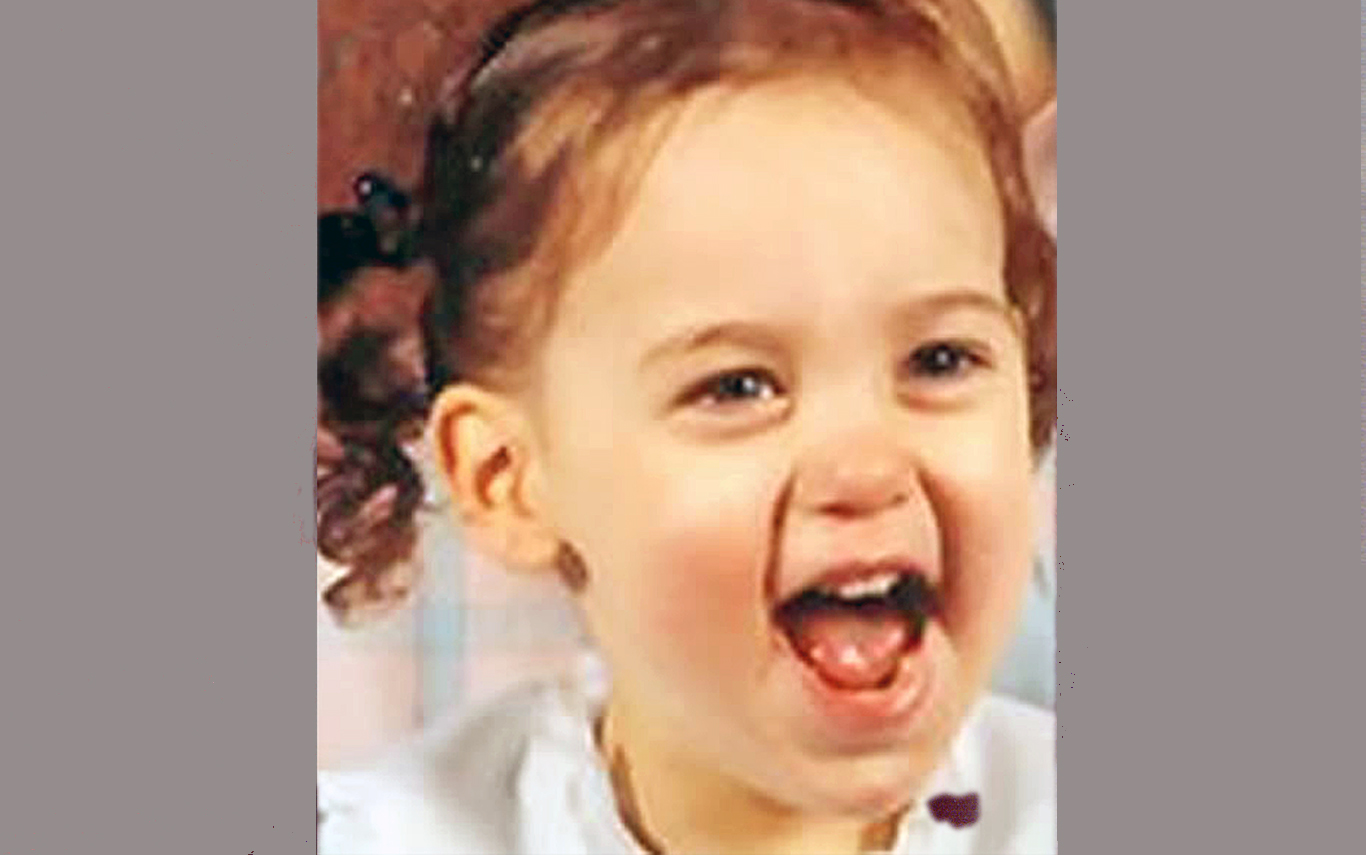Our Story
The Story of Block Parole
Since 2002, Block Parole, Inc. and its parent company, Find Missing Kids, Inc., has tracked the perpetrators of violent crimes, provided information on missing children, kept an eye on criminals’ parole dates, and advocated for innocent victims and against the release of those who have hurt them. Founder Bret Vinocur and the Block Parole Team have been deeply moved by the stories of victims and their families and are committed to ensuring violent criminals do not have the opportunity to hurt anyone else.
Inspirations for Change
Edith Marcum. a loving wife and mother of four young daughters had recently beaten bone cancer after being given just months to live by her oncologist. Her husband Marty had mortgaged their family home so she could receive the best cancer care available at MD Anderson Cancer Center in Texas. After her miraculous recovery, Mrs. Marcum took care of her daughters during the day and worked a job as the night clerk at her local Rite Aid Pharmacy to help repay her costly medical treatments.
On the night of Feb. 11, 1987, Arliss White and two accomplices attempted to rob the Rite Aid where Mrs. Marcum was working. White shot Mrs. Marcum in the stomach because she was unable to open the store safe due to the fact she did not know the lock combination. All three perpetrators then fled the scene. Mrs. Marcum would die several hours later as a result of her injuries.
One accomplice was killed before he could be arrested. The getaway driver was arrested and sentenced to five to 25 years in prison. White, who was initially arrested on unrelated drug charges, was convicted of killing Mrs. Marcum. He was sentenced to 28 to 53 years in prison for his horrific crime.
Ten years later, in 1997, Block Parole founder Bret Vinocur met Edith Marcum’s family. The story of Mrs. Marcum’s murder and the pain experienced by her husband and four daughters is something he will never forget. Little did he know that five years later his experience with the Marcum family would influence him to help victims and families who were in similar situations.
The Beginning: Missing Children
In 2002, while Mr. Vinocur was running on a treadmill at the gym, he saw the case of Danielle Van Dam on the television. Danielle was kidnapped and later found murdered by her neighbor. Mr. Vinocur was shocked that public knowledge of these kinds of crimes was almost non-existent at that time.
While talking with his hairdresser, Mr. Vinocur suddenly blurted out, “I’m going to start a website to help find missing kids.” He garnered further support for his idea from the hairdresser, who called his idea “pure good.” That evening Mr. Vinocur purchased the domain name www.findmissingkids.com.
One week later, he saw another case on the news. A little girl named Samantha Runnion had recently gone missing. That day Mr. Vinocur launched a one-page website with Samantha Runnion’s picture and information regarding her abduction. He also included a tribute to Danielle Van Dam. Sadly, Samantha Runnion was found murdered a short time later. It was these two girls’ cases that motivated Mr. Vinocur to make a difference. His intent was simple, yet powerful: Return all missing children to their families.

Fixing A Failing Parole System
Mr. Vinocur continued his work to help aid in the recovery of missing and abducted children, posting more and more information on the website. While researching various county sexual offender registries in Ohio he discovered some entries that didn’t seem to match up to the actual crimes committed. One sexual predator, Bruce Lower, was a registered sex offender whose only listed crime was involuntary manslaughter. “I thought it was a mistake,” stated Mr. Vinocur, “Involuntary manslaughter? So I called the sheriff’s office. I was told it was no mistake.”
Upon further research, he discovered that Lower’s victim was three-year-old Laura Skinner who had been raped and severely beaten to death. Lower received a generous plea deal and was convicted of one count of involuntary manslaughter and was also required to register as a sexual predator due to the underlying sex offense. He was sentenced to 10 to 25 years in prison. Lower served only 16 years in prison, was released, and violated his parole twice. Despite his multiple parole violations Lower was reparoled. No one was aware Lower was up for parole so no spoke on Laura’s behalf to oppose her killer’s release.
After finding Lower on the sex offender registry and back in prison a second time, Mr. Vinocur reached out to Ohio Assistant Attorney General Todd Marti. Mr. Marti agreed to aid in the fight against Lower’s parole and submitted a powerful letter opposing release. Despite Mr. Marti’s letter and strong opposition from Mr. Vinocur, Lower was put back on the streets again. Mr. Vinocur’s efforts then began to focus on the failing Ohio parole system.
In honor of Laura Skinner legislation needed to be passed to address the lack of information that allowed Laura’s killer to walk free multiple times. To fix the issue Mr. Vinocur had to ensure the public had access to an online resource to search for all details regarding when Ohio inmates are eligible for parole. In 2004, he wrote “Laura’s Law” which was the introduced into the Ohio Legislature that same year.
Prior to Laura’s Law, the inmates on the Department of Rehabilitation website could only be searched by the name of the offender. “Laura’s Law” mandated that the Ohio Department of Corrections create a public database that offers multiple search options for parole eligible inmates. The inmate search on the Ohio Department of Corrections website would be updated to give the public the ability to search for all inmates up for parole in any given month/year, to search parole eligible inmates by county in which the crime occurred, as well as an option to search for released inmates by ZIP codes and/or the counties in which they reside after release. In addition, inmates pages would provide the gender and age range of their victims. “Laura’s Law” also required that sexual predators pictures be include on all notifications that were mailed to surrounding neighbors.
Laura’s Law passed unanimously in the Ohio House of Representatives and Ohio Senate in 2005. However there was still more work to be done.

Two Laws and Counting
Mr. Vinocur found the case that would inspire his second law in 2005. It was the case of 15-year-old Roberta Francis, who had been abducted, raped and murdered while walking home from school. Mr. Vinocur had been actively fighting against the reparole of Paul Saultz, Roberta’s killer, and after extensive research was able to locate Roberta’s father, Robert Francis. Mr. Vinocur was told by Mr. Francis that he had been made aware of Saultz’s initial release by reading a newspaper article in The Columbus Dispatch.
At the time of Roberta’s murder, there was a law in place to notify crime victims and their families of impending parole hearings. The problem was that the law was passed in 1996 meaning crime victims and their families affected by crimes before that year were not notified of upcoming parole hearings. In addition, the original law was not being strongly enforced and there was no standard procedures resulting in minimal effort and limited success by the state of Ohio when it came to locating victims. Mr. Vinocur realized this was a problem that needed to be corrected.
While writing the new law, dubbed “Roberta’s Law”, Vinocur remembered that despite multiple parole violations Laura Skinner’s killer was off parole supervision and freed from all restrictions after only two years. Mr. Vinocur decided to use Lower’s poor post-parole behavior to support an addition to the bill requiring a five-year minimum parole supervision requirement for all violent parolees.
While work on “Roberta’s Law” was started in 2006, it took another seven years to finally pass the legislation. It passed unanimously in both the Ohio House of Representatives and Ohio Senate. Roberta’s father received a standing ovation from both chambers of the Ohio State Legislature.
The law made several improvements to victim’s rights in Ohio including mandating The Ohio Department of Corrections notify all victims or victims’ families that the inmate is going to be up for parole regardless of when the crime was committed, requiring a five-year minimum supervision requirement for all violent parolees, and created a stringent and verifiable process to locate crime victims and their families.
The Legacy of Block Parole
Since it was started in 2007, BlockParole.com has:
- Advocated for the maximum sentences for violent criminals resulting in parole denial for more than 110 inmates who have committed violent crimes against innocent victims.
- Educated victims and victims’ families regarding the parole process and assisted them when needed.
- Attended hearings and victim conferences at the Ohio Department of Rehabilitation and Corrections to support families and fight for the denial of parole.
- Represented children and victims who have no voice in an effort to achieve justice and deny parole for the inmates who hurt them.
- Notified the public when inmates are released, whether by parole or the end of their stated sentence, and posted their case information online.
- Posted easy-to-use online petitions to allow the public to have input in parole hearings.
- When necessary, advocated for laws and worked with lawmakers to make sure that victims are represented and their voices are heard.
- Worked with media outlets to promote victims’ stories and ensure public awareness.
- Utilized social media to create a forum where victims and the public can discuss current crime cases.
We are a nationally recognized victim advocacy organization, and provide the highest level of service to the victims and families that we assist. We rely solely on public support both to be a voice for the victims and for financial support. To honor our victims, and to promote justice, we appreciate any help you are willing to provide.
For additional information, or to contribute to our cause, please contact us or donate.